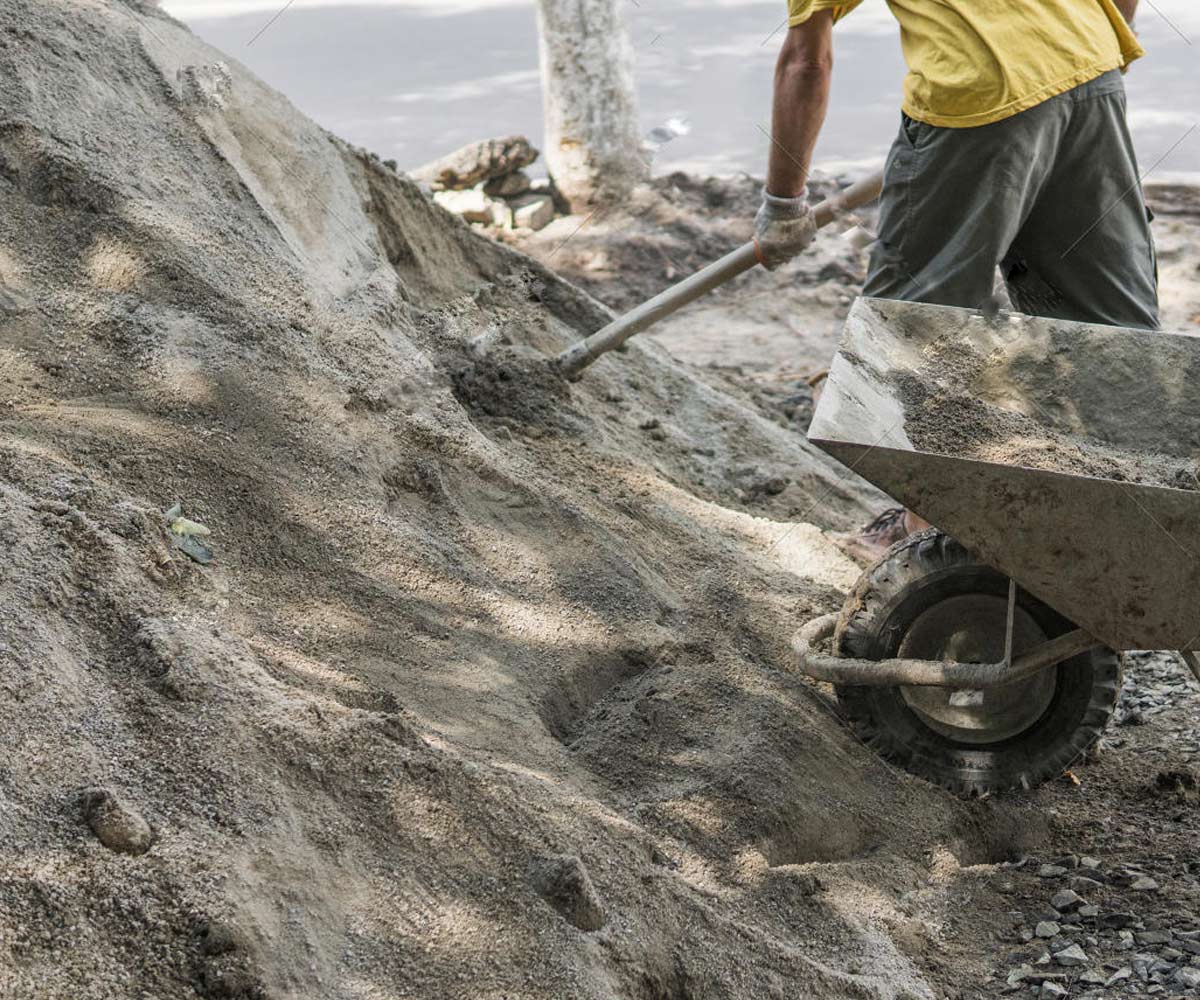
Sand is a granular material composed of rock and mineral particles, typically 0.0625 mm to 2 mm in size. It forms through the weathering of larger rocks and is found in beaches, deserts, and riverbanks. Beach sand is smooth and rounded, while desert sand is finer and angular. Primarily made of silica (quartz), sand can also include minerals like feldspar and mica, giving it a range of colors from beige to brown.
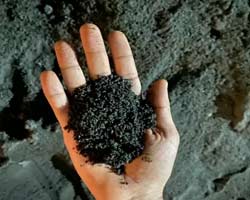
Natural River Sand - Black
Natural river sand, often referred to as black sand, is typically composed of fine particles sourced from riverbeds and banks. This type of sand has a distinct dark hue, primarily due to the presence of heavy minerals such as magnetite, ilmenite, and other dark-colored minerals. The particles are usually smooth and rounded, shaped by the continuous action of flowing water, which contributes to their uniformity and suitability for various applications.
| Application | Description |
| Construction | Used in concrete and mortar for strength and durability. |
| Landscaping | Enhances aesthetic appeal in gardens and outdoor spaces. |
| Filtration | Effective in water filtration systems to remove impurities. |
| Sandblasting | Utilized in industrial cleaning and surface preparation. |
| Manufacturing | Used in making molds for metal casting and glass production. |
| Recreation | Employed in volleyball courts and playgrounds. |
| Art and Craft | Used in decorative sand art and crafts. |
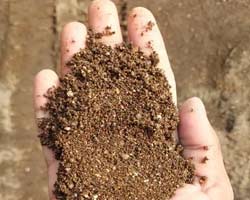
Natural River Sand - Brown
Natural river sand, often referred to as brown river sand, is sourced from riverbeds and banks, resulting in unique characteristics that make it valuable for various applications. This type of sand typically exhibits a warm, earthy brown color, which is largely due to the presence of iron oxides and organic materials. The particles are generally fine, smooth, and well-rounded, shaped by the continuous flow of water, which contributes to their uniformity and ease of handling.
| Application | Description |
| Construction | Used in concrete and mortar for building foundations and structures. |
| Landscaping | Ideal for garden beds, pathways, and decorative features due to its natural look. |
| Filtration | Effective in water treatment and filtration systems for its ability to trap impurities. |
| Backfill | Commonly used as backfill material in construction projects. |
| Sports Facilities | Used in creating sand pits for athletics and playgrounds. |
| Soil Amendment | Enhances drainage and aeration when mixed with clay or heavy soils. |
| Art and Craft | Utilized in sand art, decorative projects, and as a base for crafts. |
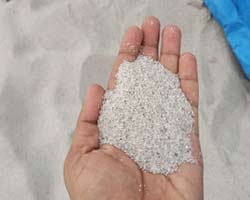
Silica Sand
Silica sand, also known as quartz sand or industrial sand, is primarily composed of silicon dioxide (SiO₂). This naturally occurring granular material is characterized by its high purity, fine granularity, and diverse applications across various industries.
| Application | Description |
| Construction | Used in concrete, mortar, and as a filler for structural integrity. |
| Glass Manufacturing | Key ingredient in producing various types of glass, including containers and flat glass. |
| Foundry | Employed in sand casting for metal molds due to its high thermal stability. |
| Filtration | Used in water treatment systems to filter and purify water by removing impurities. |
| Recreation | Common in sports applications, such as golf courses, sandboxes, and volleyball courts. |
| Industrial Abrasives | Utilized in sandblasting and polishing processes for cleaning surfaces. |
| Oil and Gas | Acts as a proppant in hydraulic fracturing to enhance oil and gas extraction. |
| Chemicals | Serves as a raw material in the production of silicon-based chemicals and materials. |
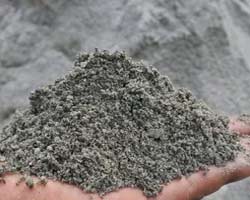
M Sand
M Sand or Manufactured Sand, is an engineered aggregate produced by crushing rocks, stones, or gravel to create fine particles suitable for construction. It serves as an alternative to natural river sand, addressing the growing demand for sand in the construction industry and mitigating the environmental impacts of sand mining.
| Application | Description |
| Concrete Production | Used in concrete mixes, offering high strength, durability, and workability, suitable for structures like buildings and bridges. |
| Mortar Production | Ideal for masonry work, providing excellent adhesion and flexibility, essential for brick and stone construction. |
| Plastering | Used in wall plastering, offering a smooth finish and strong bonding with surfaces. |
| Paving | Employed in the production of interlocking pavers and concrete blocks, enhancing durability and aesthetic appeal. |
| Fill Material | Suitable as fill material in backfilling, embankment, and drainage projects due to its compaction properties. |
| Landscaping | Utilized in gardens and landscaping for pathways, retaining walls, and decorative elements, offering good drainage. |
| Screed | Used in floor screeding for creating level surfaces, providing a solid base for flooring materials. |
| Shotcrete | Employed in shotcrete applications for tunnels and slopes, ensuring strong adhesion and stability. |
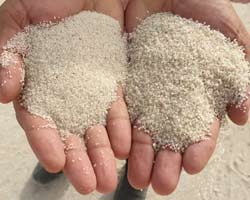
Quartz Sand
Quartz sand, also known as silica sand, is a naturally occurring granular material primarily composed of silicon dioxide (SiO₂). It is characterized by its hardness, chemical stability, and high purity. This material forms through the weathering and erosion of rocks containing quartz, such as granite, and is often found in riverbeds, beaches, and deserts.
| Application | Description |
| Construction | Used as an aggregate in concrete, mortar, and asphalt, providing strength and stability. |
| Glass Manufacturing | Essential in producing glass products, including containers, windows, and fiberglass. |
| Foundry | Employed in sand casting processes for metal molds due to its thermal stability. |
| Filtration | Utilized in water filtration systems to remove impurities and improve water quality. |
| Recreation | Commonly found in sports facilities (e.g., golf courses, sand traps) and playgrounds. |
| Industrial Abrasives | Used in sandblasting and polishing applications for cleaning surfaces and preparing them for finishing. |
| Oil and Gas | Serves as a proppant in hydraulic fracturing (fracking) to enhance oil and gas extraction. |
| Chemicals | Acts as a raw material in the production of silicon-based chemicals and materials. |
